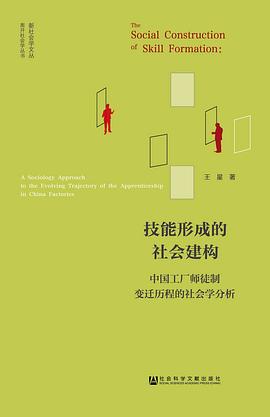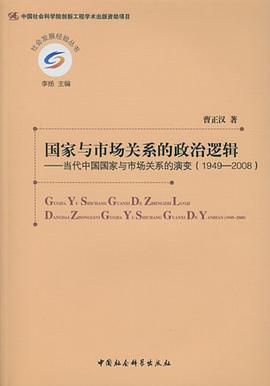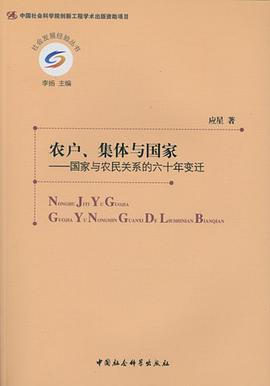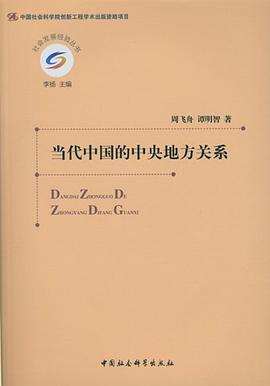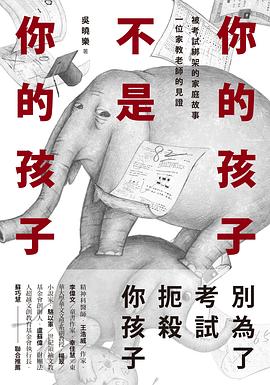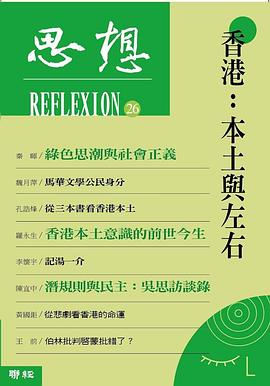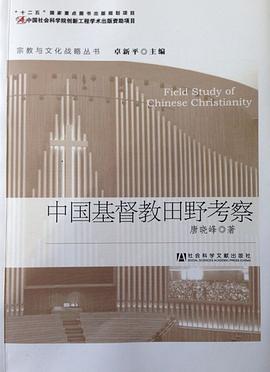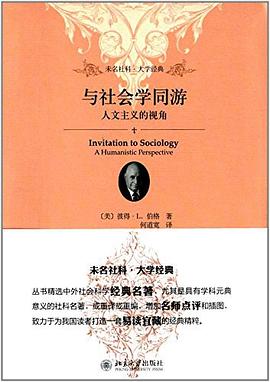List of Figures page xiii
List of Tables xvii
Acknowledgments for First Edition xxi
Acknowledgments for Second Edition xxiii
I Causality and Empirical Research in the Social Sciences
1 Introduction 3
1.1 The Potential Outcome Model of Causal Inference 4
1.2 Causal Analysis and Observational Social Science 6
1.3 Examples Used Throughout the Book 14
1.4 Observational Data and Random-Sample Surveys 27
1.5 Causal Graphs as an Introduction to the Remainder of the Book 29
II Counterfactuals, Potential Outcomes, and Causal Graphs
2 Counterfactuals and the Potential Outcome Model 37
2.1 Defining the Causal States 37
2.2 Potential Outcomes and Individual-Level Treatment Effects 43
2.3 Treatment Groups and Observed Outcomes 44
2.4 The Average Treatment Effect 46
2.5 The Stable Unit Treatment Value Assumption 48
2.6 Treatment Assignment and Observational Studies 53
2.7 Average Causal Effects and Naive Estimation 54
2.8 Over-Time Potential Outcomes and Causal Effects 62
2.9 The Potential Outcome Model for Many-Valued Treatments 70
2.10 Conclusions 73
2.11 Appendix to Chapter 2: Population and Data Generation Models 74
3 Causal Graphs 77
3.1 Identification 78
3.2 Basic Elements of Causal Graphs 79
3.3 Graphs and Structural Equations 84
3.4 Causal Graphs and the Potential Outcome Model 90
3.5 Conclusions 94
3.6 Appendix to Chapter 3: Graphs, Interventions, and Potential Outcomes 95
III Estimating Causal Effects by Conditioning on Observed Variables to Block Back-Door Paths
4 Models of Causal Exposure and Identification Criteria for Conditioning Estimators 105
4.1 Conditioning and Directed Graphs 105
4.2 The Back-Door Criterion 109
4.3 Models of Causal Exposure and Point Identification Based on the Potential Outcome Model 118
4.4 Conditioning to Balance and Conditioning to Adjust 128
4.5 Conclusions 130
4.6 Appendix to Chapter 4: The Back-Door and Adjustment Criteria, Descendants, and Colliders Under Magnification 130
5 Matching Estimators of Causal Effects 140
5.1 Origins of and Motivations for Matching 141
5.2 Matching as Conditioning via Stratification 143
5.3 Matching as Weighting 150
5.4 Matching as a Data Analysis Algorithm 158
5.5 Remaining Practical Issues in Matching Analysis 181
5.6 Conclusions 187
6 Regression Estimators of Causal Effects 188
6.1 Regression as a Descriptive Tool 188
6.2 Regression Adjustment as a Strategy to Estimate Causal Effects 194
6.3 Regression as Conditional-Variance-Weighted Matching 206
6.4 Regression as an Implementation of a Perfect Stratification 214
6.5 Regression as Supplemental Adjustment When Matching 215
6.6 Extensions and Other Perspectives 217
6.7 Conclusions 224
7 Weighted Regression Estimators of Causal Effects 226
7.1 Weighted Regression Estimators of the ATE 227
7.2 Weighted Regression Estimators of the ATT and the ATC 231
7.3 Doubly Robust Weighted Regression Estimators 234
7.4 Remaining Practical Issues in Weighted Regression Analysis 238
7.5 An Extended Example 243
7.6 Conclusions 262
IV Estimating Causal Effects When Back-Door Conditioning Is Ineffective
8 Self-Selection, Heterogeneity, and Causal Graphs 267
8.1 Nonignorability and Selection on the Unobservables Revisited 268
8.2 Selection on the Unobservables and the Utility of Additional Posttreatment Measures of the Outcome 269
8.3 Causal Graphs for Complex Patterns of Self-Selection and Heterogeneity 278
8.4 Conclusions 290
9 Instrumental Variable Estimators of Causal Effects 291
9.1 Causal Effect Estimation with a Binary IV 291
9.2 Traditional IV Estimators 296
9.3 Instrumental Variable Estimators in the Presence of Individual-Level Heterogeneity 305
9.4 Conclusions 324
10 Mechanisms and Causal Explanation 325
10.1 The Dangers of Insufficiently Deep Explanations 326
10.2 The Front-Door Criterion and Identification of Causal Effects by Mechanisms 330
10.3 The Appeal for Generative Mechanisms 338
10.4 The Pursuit of Explanation with Mechanisms That Bottom Out 346
10.5 Conclusions 352
11 Repeated Observations and the Estimation of Causal Effects 354
11.1 Interrupted Time Series Models 355
11.2 Regression Discontinuity Designs 360
11.3 Panel Data 363
11.4 Conclusions 392
11.5 Appendix to Chapter 11: Time-Varying Treatment Regimes 392
V Estimation When Causal Effects Are Not Point-Identified by Observables
12 Distributional Assumptions, Set Identification, and Sensitivity Analysis 419
12.1 Distributional Assumptions and Latent Variable Selection-Bias Models 420
12.2 Set Identification with Minimal Assumptions 422
12.3 Sensitivity Analysis for Provisional Causal Effect Estimates 429
12.4 Conclusions 434
VI Conclusions
13 Counterfactuals and the Future of Empirical Research in Observational Social Science 437
13.1 Objections to Adoption of the Counterfactual Approach 438
13.2 Modes of Causal Inquiry in the Social Sciences 446
References 451
Index 497
· · · · · · (
收起)





